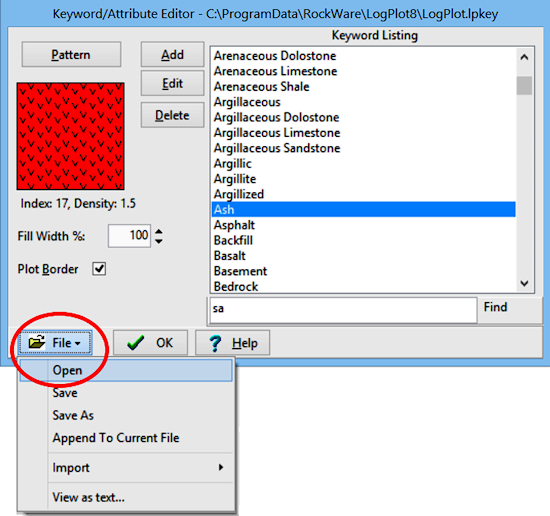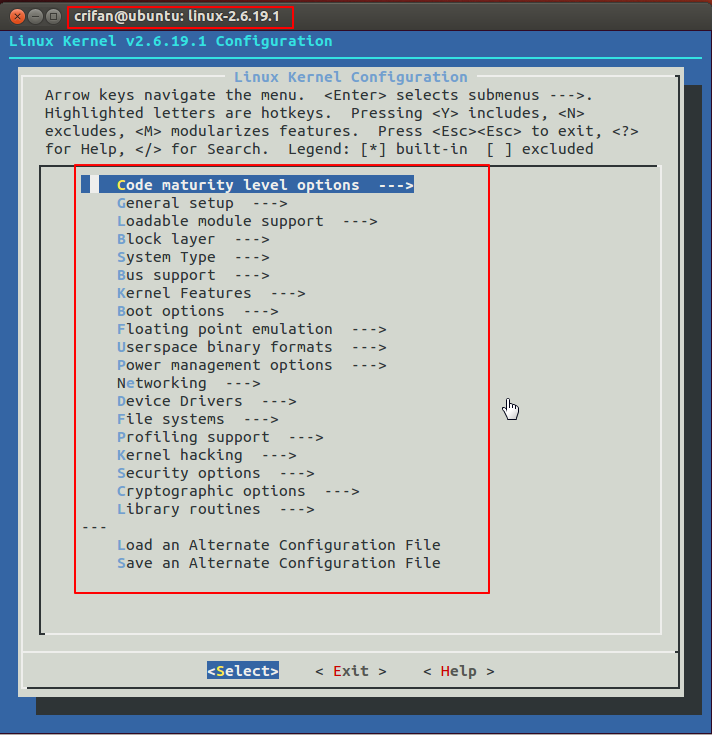

But they can also be referred to with the file extension afterward, with or without the period, like “nf” or “nsswitch conf”. Sometimes config files are referred to by file’s name alone, like “dhclient” or “nsswitch”. Not only do different Linux distributions use different Linux configuration files, but the naming conventions among Linux administrators aren’t identical. A skilled administrator can manipulate the core operation of a Linux system by editing these config files.
Keyword file linux kernel how to#
Some of these files define network access and protocols while others instruct the operating system on how to reach the internet’s name servers. Many Linux configuration files can be opened with a plain-text editor and updated directly, though you will most likely be using a command-line editor like Nano or Vim to edit these files.ĭifferent Linux config files are used to configure the parameters and initial settings of different parts of the operating system’s processes. They’re frequently plain-text files that contain a variable name (the name of the setting) followed by it's value, commands or instructions. Linux configuration files contain the settings and instructions for different systems, utilities, applications and processes. Read on to learn about the following Linux operating system configuration and network configuration files:Ī configuration file, also known as a config file, is a local file that controls the operations of a program, utility or process. We’ve gathered simple explanations and instructions for editing nine of the most common Linux configurations. While making those configurations usually isn’t particularly complicated, that doesn’t mean it’s easy. So, now that we have the introductions out of the way, start digging into the crazy world of editing Linux configuration files! What Does This Guide Cover?Īrguably, the thing that sets Linux apart from its operating system competition is how configurable it is.Ī skilled administrator can configure the Linux kernel and operating system to behave completely unique to the immediate needs of the company and network. These backup files are important! You have been warned. There is a strong chance you will eventually make a mistake editing these files. bak extension to the end of that file so you understand it is a backup file later on.Ĭp nf

Second, before editing any configuration file, we strongly recommend that you make a copy of that configuration file first. Though that should not matter (and you can use your preferred command-line text editor), this is an important distinction to note nonetheless. First, we used the Nano text editor for the examples below. The general idea and process are typically close to what is mentioned below, though.īefore continuing, we need to mention two other things. In these cases, you may have to consult the documentation for the Linux distribution that you are configuring. We make note of this when possible and appropriate below, but if you follow the information in this guide and don't see the configuration file we mentioned, fear not, it's simply called something else for the Linux distribution you are using. For instance, Red Hat and Ubuntu use different applications for networking services in their versions of Linux. Instead, we've focused on some of the more important configuration files for a few different Linux distributions.Įach Linux distribution may use different apps or services for the same function. We couldn't possibly cover every configuration file for each Linux distribution in this mini-book. These configuration options are easy to change as well as migrate to other systems, but these files can be more tedious to document as well. This makes management of the Linux OS both much easier and more difficult. Configurations for applications in Linux are stored in individual configuration files.

Keyword file linux kernel windows#
The Registry is an ultra-fast database that stores configurations for the Windows OS and its applications. The Windows OS does use per-application configuration files as well, but Windows largely depends on something called the Registry. These files are one of the biggest differences between the Linux and Windows operating systems. Linux configuration files are the heart of the Linux operating system. Luckily, our Linux tutorial makes things easier. You see, editing Linux configuration files can be a long, monotonous task, but it's a process that every Linux admin must learn. That was only an attempt to spice up this rather long Linux primer a bit. At least that's what the movies want you to think….ĭid your eyes go cross reading that first line? Don't worry about it.


 0 kommentar(er)
0 kommentar(er)
